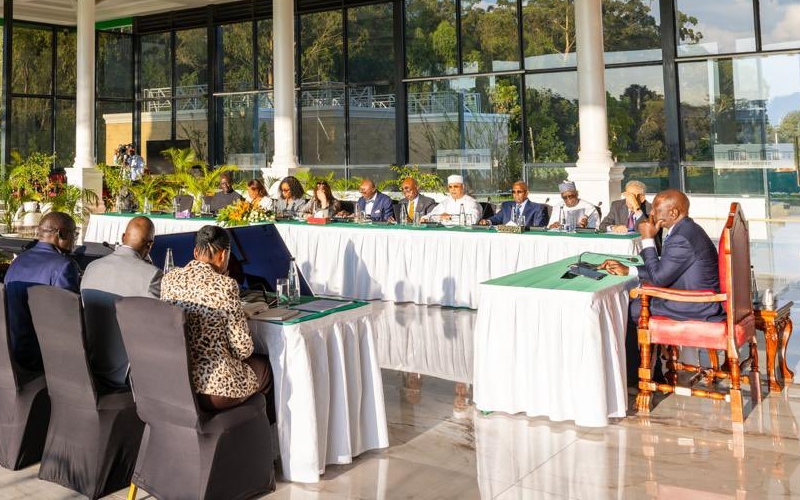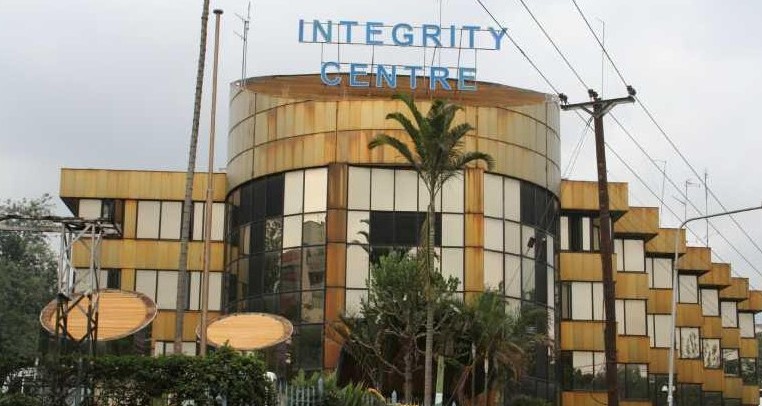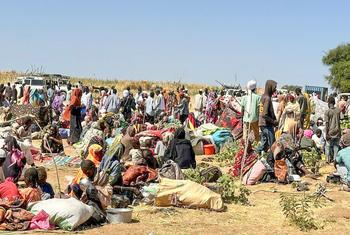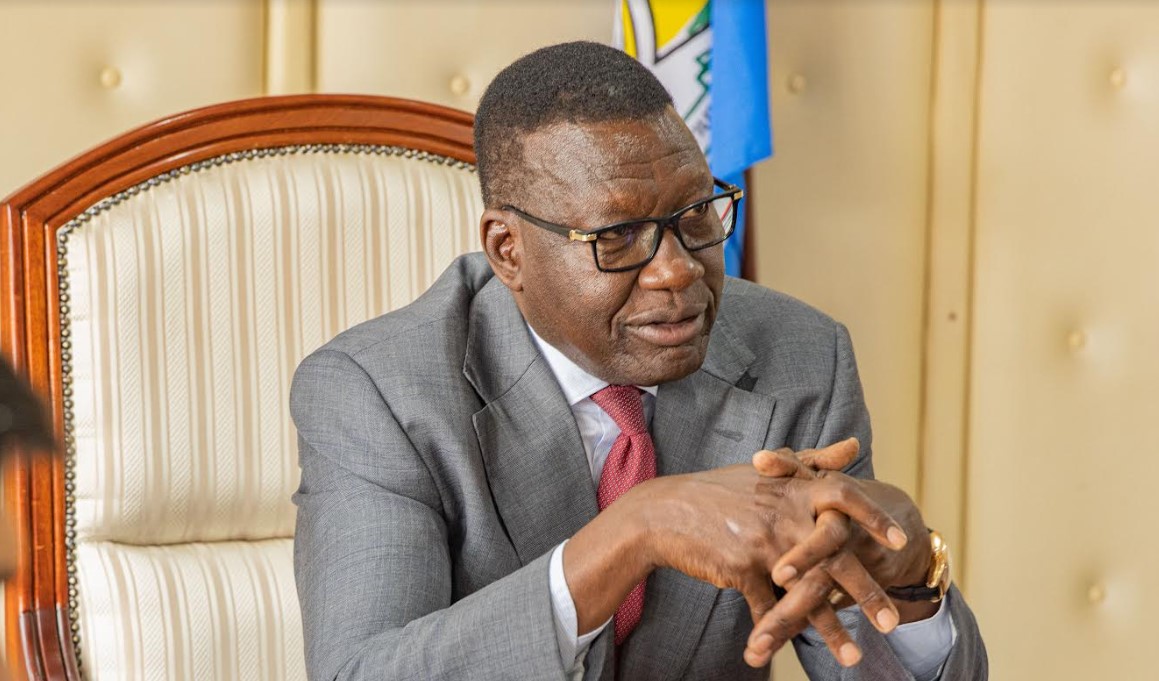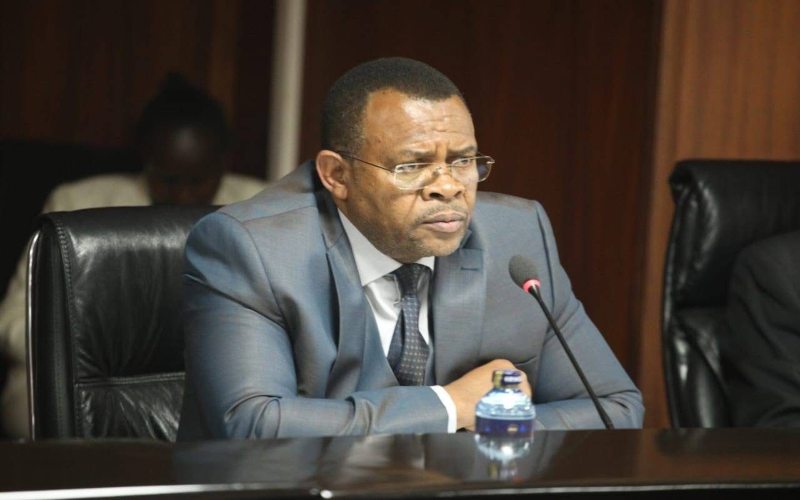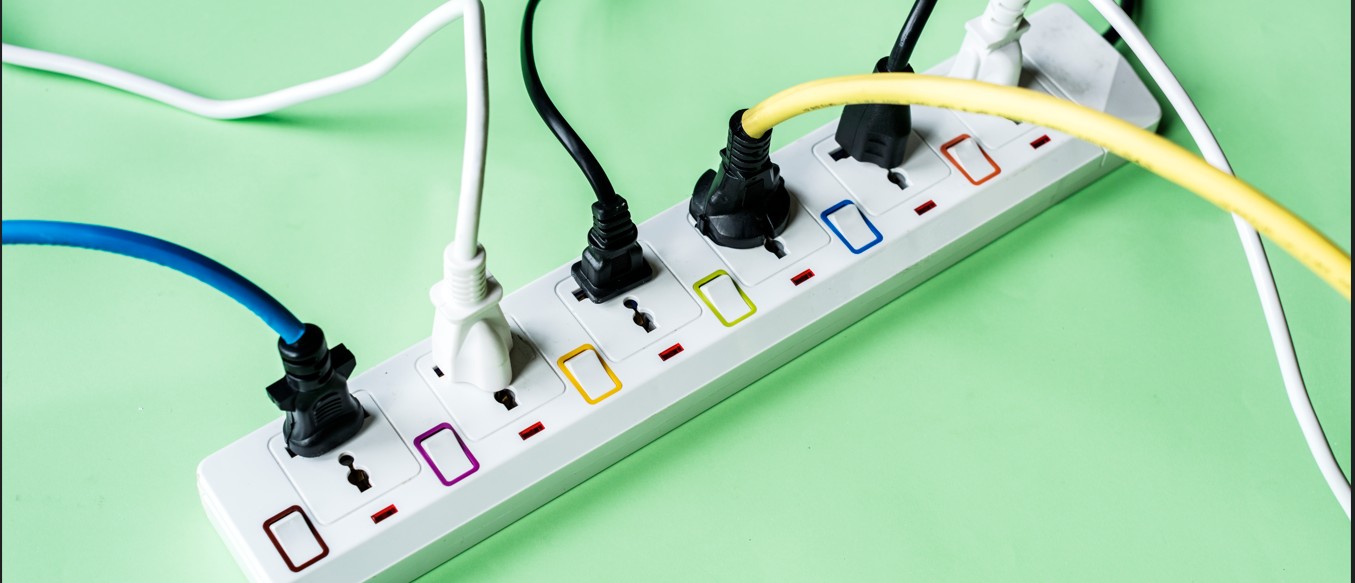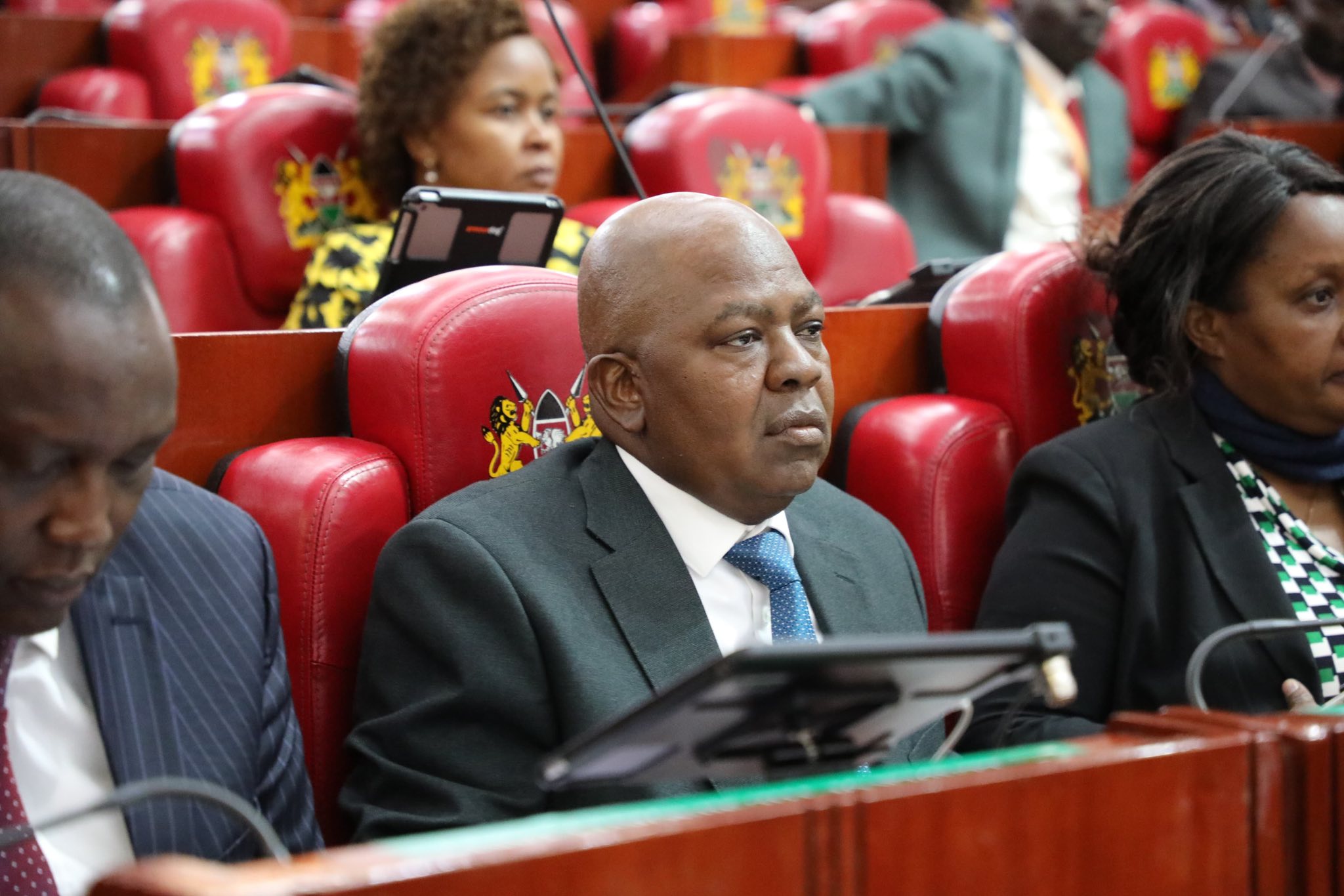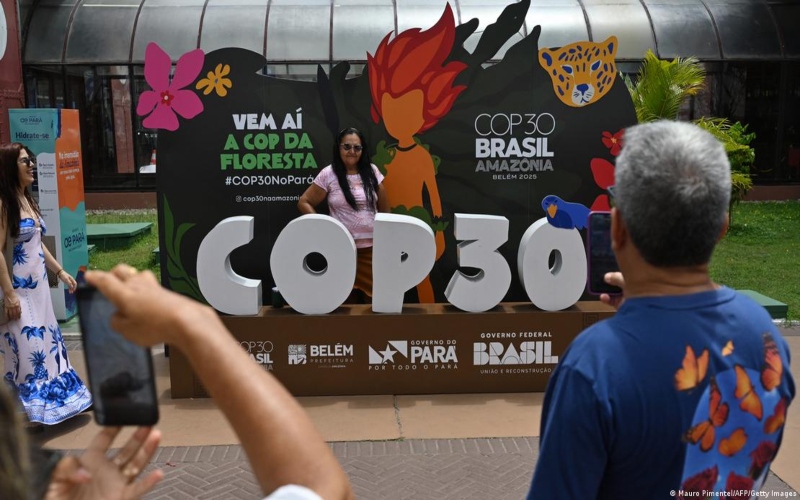British firm discovers gold worth Sh683 billion in Kakamega
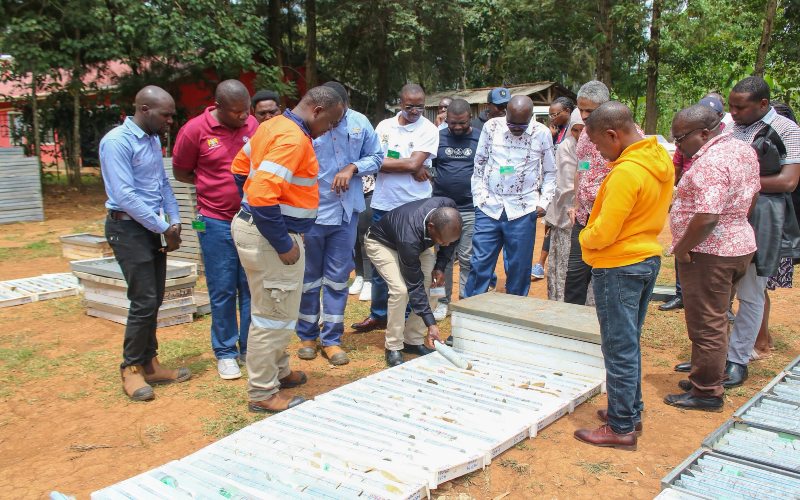
Shanta Gold has submitted an environmental impact assessment (EIA) to the National Environment Management Authority (NEMA) for the Kakamega project, as it seeks permission to operate the mine for the next eight years.
Kakamega County is set to become a major hub for gold mining after British firm Shanta Gold announced the discovery of one of the country's largest gold deposits, valued at Sh683 billion.
The company is seeking to invest $208 million (Sh26.86 billion) in an underground mine and processing facility in the Isulu-Bushiangala area, covering construction, plant installation, power systems and surface infrastructure.
More To Read
- UAE gold imports from Sudan surge despite civil war, Swissaid report reveals
- M23 rebels deny looting gold allegedly linked to President Tshisekedi's family at Twangiza
- Detectives foil Sh723 million gold scam, arrest two
- Four miners die as West Pokot gold shaft caves in
- Turkana’s Lomeguro gold mine undergoes safety review ahead of reopening
- Kenyan medalists to fly business class after outcry over Peres Jepchirchir’s economy ticket
Shanta Gold has submitted an environmental impact assessment (EIA) to the National Environment Management Authority (NEMA) for the Kakamega project, as it seeks permission to operate the mine for the next eight years.
If approved, the Isulu-Bushiangala sites could produce over 1.27 million ounces of high-grade gold, currently valued at $4,111.39 (Sh530,985) per ounce, representing a major opportunity to develop Kenya's largely untapped gold mining sector.
"Gold mineralisation at the Isulu and Bushiangala deposits is hosted by sheared pillowed to massive basalts, bounded between ultramafic volcanics and polymictic conglomerates on one side and carbonaceous mudstones and sandstones on the other side," the company said in its EIA report.
The planned mine will take up about 337 acres, mostly privately owned, and could affect around 800 households. Shanta has set aside six alternative sites covering nearly 1,932 acres, giving families the option to receive cash or relocate within the area.
"The project is aimed at obtaining the required authorisation to mine the Isulu-Bushiangala gold resources for economic purposes. This may lead to the enhancement of local economic development through job and business opportunities and significant contributions to the government of Kenya through taxes, royalties and revenue contributions, which are likely to transfer into the local and regional economic growth," the company said.
Shanta Gold also plans to share some of the revenue collected from the mines with local communities. From government royalties, which are expected to be between $4.3 million (Sh555.34 million) and $4.7 million (Sh607 million) annually, 20 per cent will go to Kakamega County and 10 per cent to the nearby communities.
In addition, Shanta will allocate one per cent of the gold's value directly to residents, potentially amounting to Sh6.83 billion over the mine's lifetime.
Environmental protection is a key part of the plan. Shanta will recycle water, manage waste carefully and has set aside $4.5 million (Sh581 million) for post-closure rehabilitation. Once operational, the underground mine will process 600 tonnes of ore per day, with annual operating costs of about $19 million (Sh2.45 billion).
Kenya's gold industry has mostly relied on small-scale, informal mining, and earnings have declined in recent years, dropping from Sh3.38 billion in 2022 to Sh3.02 billion in 2024.
Shanta's project could change this by increasing production, introducing more formal operations and positioning gold as a key source of revenue for both local communities and the national economy.
Top Stories Today
